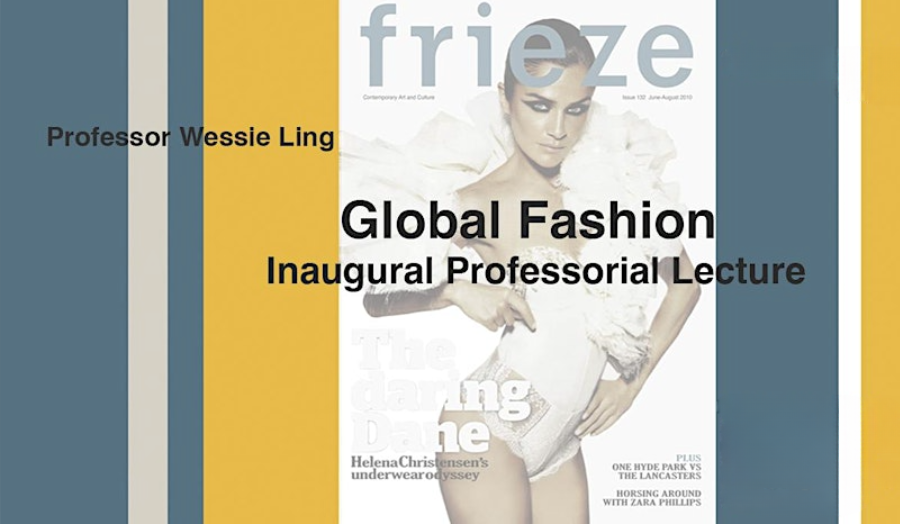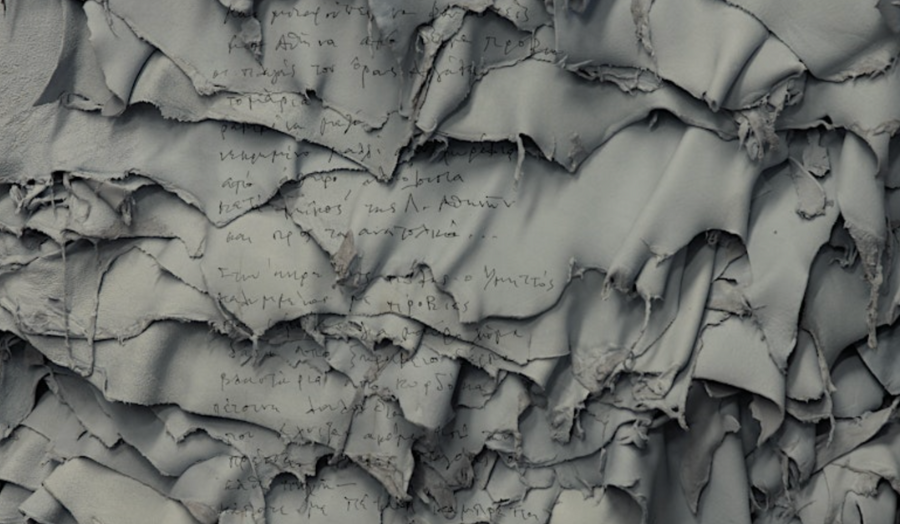CREATURE was delighted to host an international event, reflecting on the role of historic artworks as stimuli for social engagement. Drawing on the project Raffaello visita le carceri di Salerno ("Raphael visits the prisons of Salerno"), the event launched the publication based on this project (Edizioni Paguro, 2024 Italian/English) and featured members of the project team, sharing their practice and learnings. The event explored key research questions in relation to applied art practices, creative processes in the context of rehabilitation and the notion of the Expanded Museum as a tool for social practice.
As we explore new ways of combining art with social engagement, the notion of an Expanded Museum provides a lens through which to formulate strategies to reframe the cultural value of historic art objects: other than exhibits to be simply viewed and studied, these are approached as stimuli to create participatory experiences in contemporary contexts, generating new scopes for social impact.
In this event, the social art project Raffaello visita le carceri di Salerno was used as a case study to interrogate these ideas. The project entailed the exhibition, hosted at the "Brig. Antonio Caputo" prison in Salerno, Italy (2023), of a Raphael tapestry realised by the famous Belgian tapestry maker Pieter van Aelst. The tapestry, dating back to the first half of the seventeenth century and depicting "Ananias et Saphira, remained in prison from May 27 to October 1, 2023.
The idea of the project, its realization, its success and its replicability in similar contexts — such as the "Antimo Graziani" prison in Avellino, where the work was presented later — originated in a dialogue between Dr Rita Romano (director of the Salerno prison), her team of educators, counsellors and prison guards, Dr Michele Citro, as creator and curator of the project, Roberto Bilotti Ruggi d'Aragona, of Fondazione della Comunità Salernitana Ets, represented by Dr Antonia Autuori, who supported the initiative as part of its activities for the socio-cultural development of the territory.
Above all, the project entailed a participatory process that involved fourteen inmates: through a tailored training process, they became the guides to the exhibition, inviting the general public inside the confines of the penitentiary institution, reframing the latter as a context for experiencing art. Alongside the participants, Italian and international academics of history, law, moral philosophy, art, architecture and design, local and national institutional personalities, art historians and critics, museum directors, legal professionals as well as universities (Università di Bologna, Università della Campania “Luigi Vanvitelli”, London Metropolitan University), schools, foundations and museums. The aim was to demonstrate that, despite its function and spatial restrictions, a prison must be a place of rehabilitation, in which art can play a fundamental role for both personal and social development, for both its residents and the general public.
The event featured the following contributions:
- A presentation by Dr Jacek Ludwig Scarso (Deputy Director of CREATURE and contributor to the publication) on the Expanded Museum and the questions this raises in relation to the Raphael project;
- An overview of the research behind the project presented by Dr Michele Citro (Project Creator and Curator, Lecturer at Valletta Higher Education Institute);
- A roundtable talk on the findings and impact of this project, featuring, alongside Michele Citro, Dr Rita Romano (Penitentiary Director, former director of the Salerno prison), Andrea Guastella (art critic and historian, editor at Rivista Il Segno), Dr Antonia Autuori (Fondazione della Comunità Salernitana Ets);
- The event concluded with the UK launch of the project’s publication Raffaello visita le carceri di Salerno - Progetto d'Arte Sociale(Italian/English).

Details
| Date/time | Wednesday 21 February 2024, 6pm - 8pm |
|---|---|
| Book ticket | Event ended |
| Location |
The Wash Houses (CCG-02), 16 Goulston Street, London, E1 7TP |

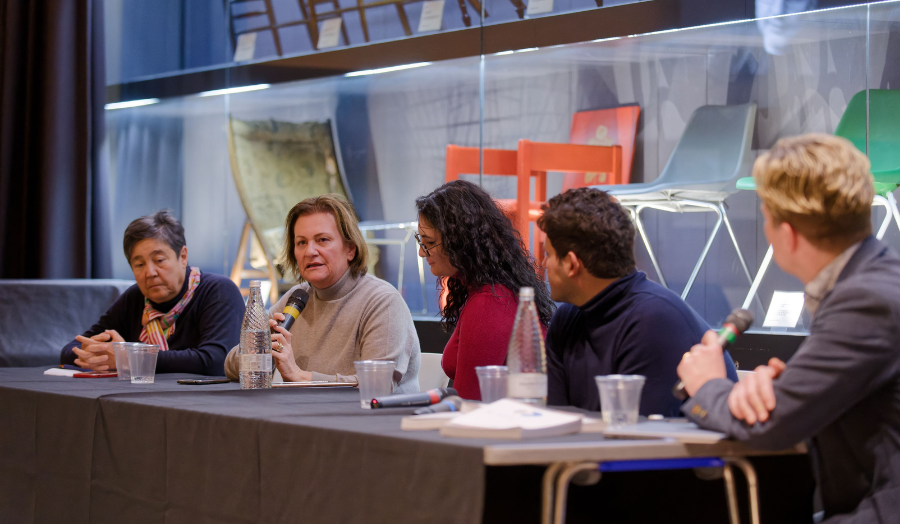

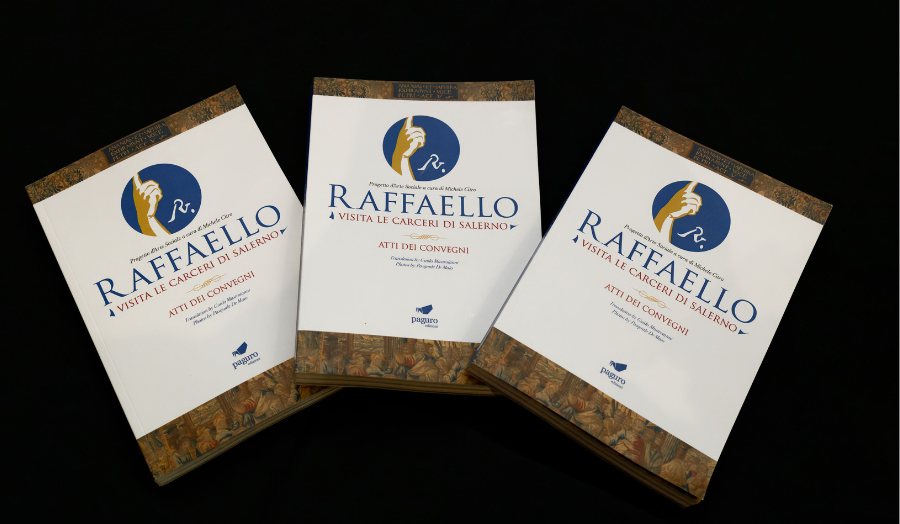
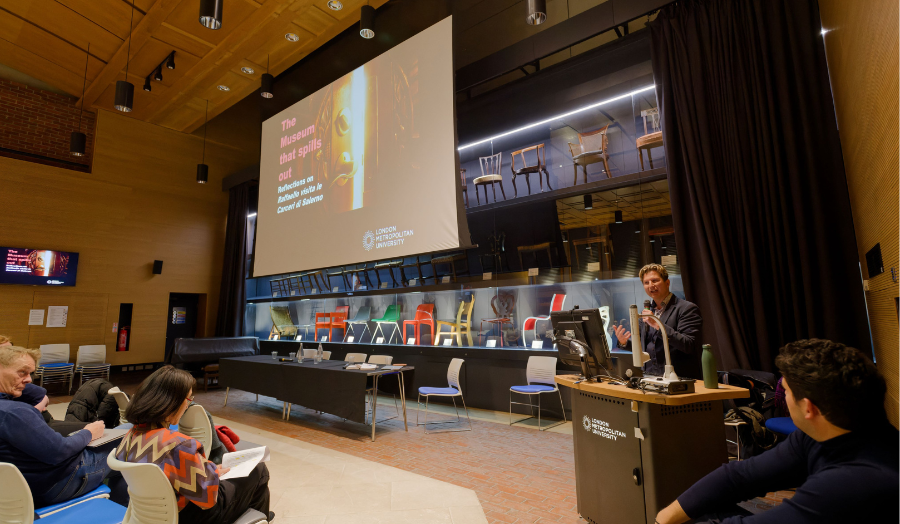
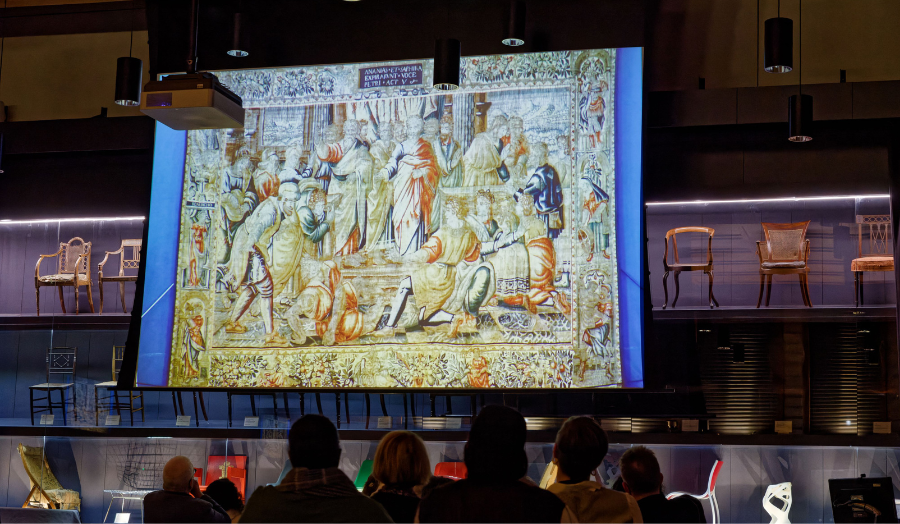


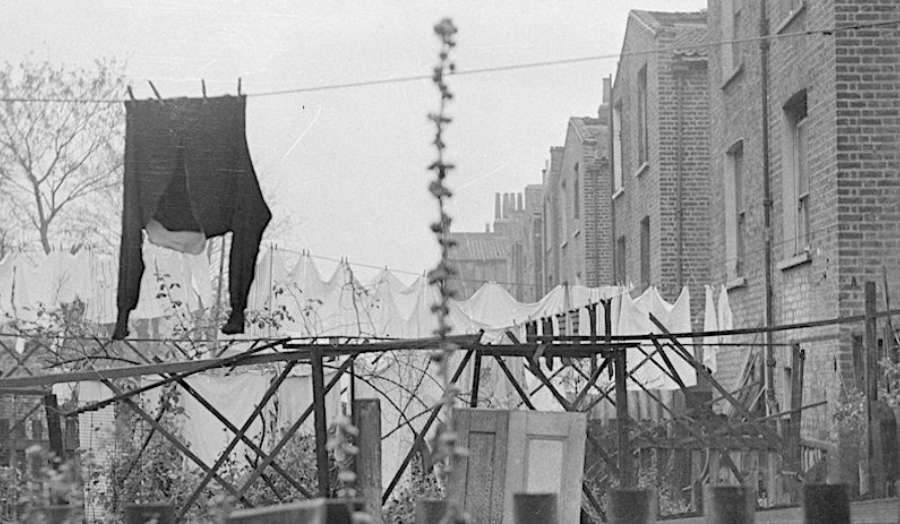



Making-Craft-Design-and-Womenâs-Empowerment-in-the-Global-South.png)






